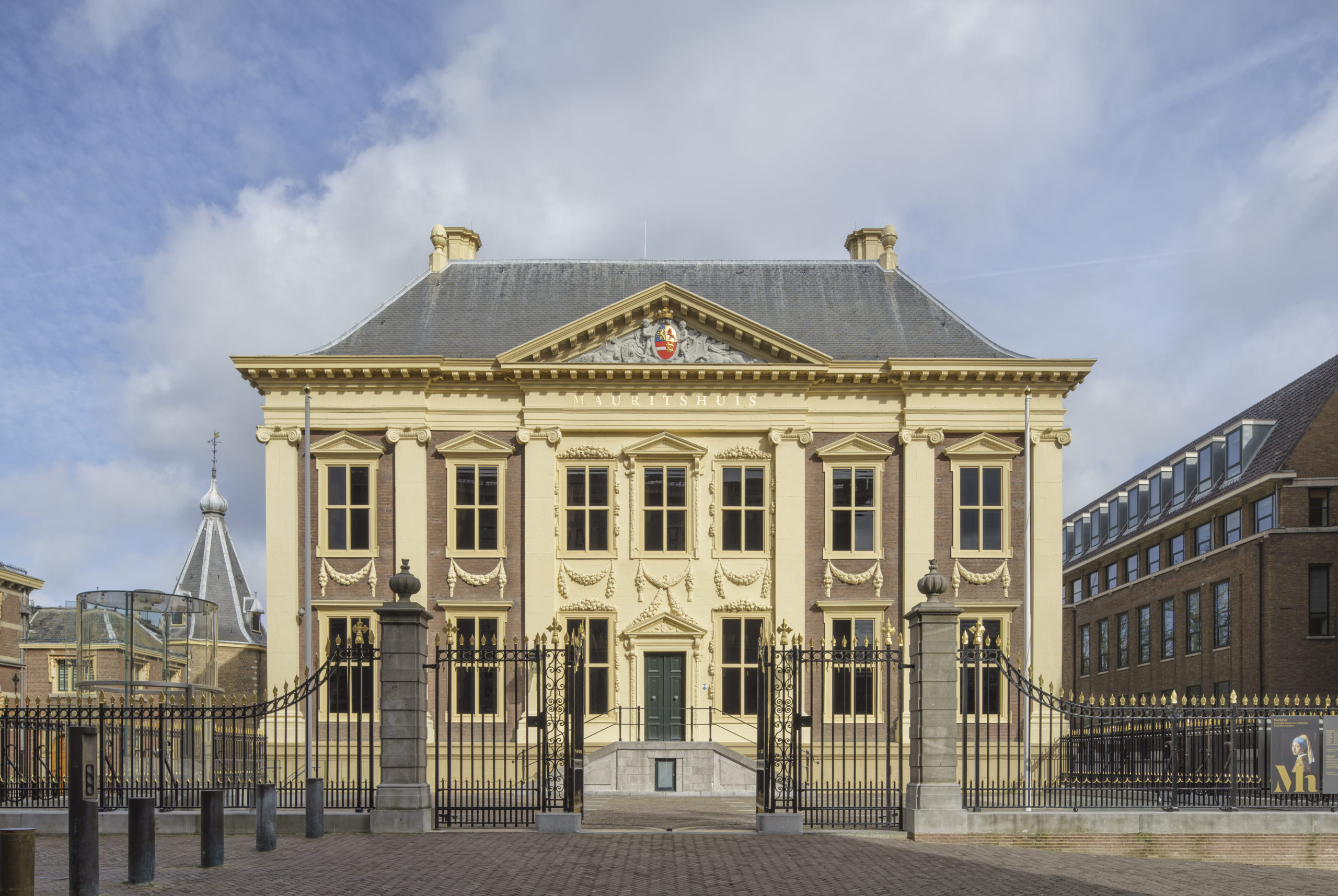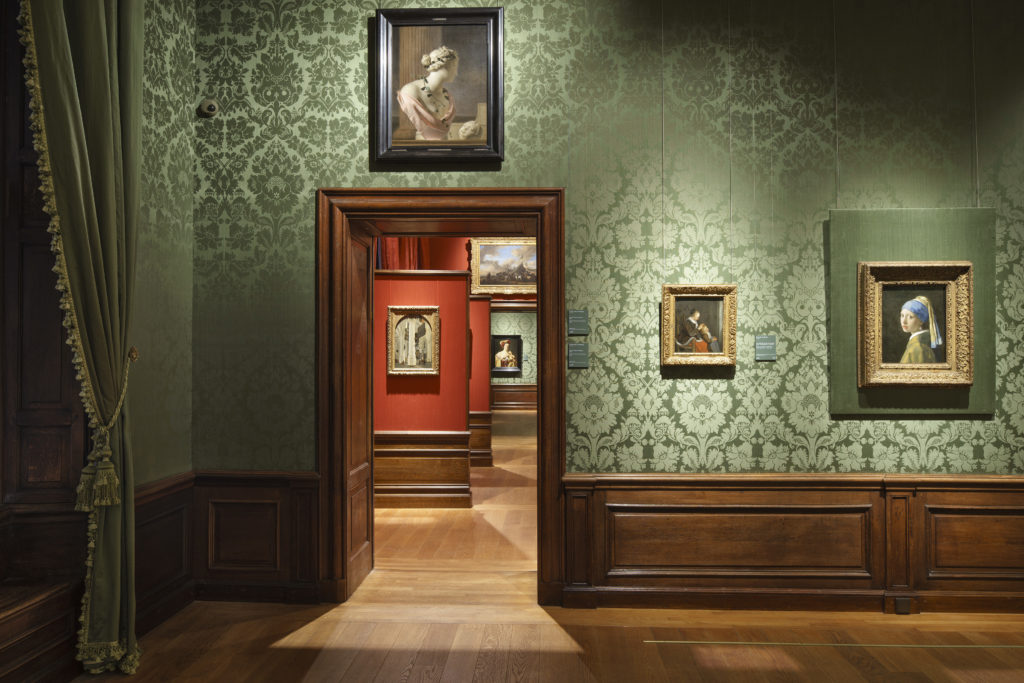Martine Gosselink, General Director of the Mauritshuis, Royal Picture Gallery in The Hague. Photography © Courtesy of the Mauritshuis
1.What is your museum about and what is your work there?
The Mauritshuis is home to the best of Dutch painting of the seventeenth century, situated in the heart of The Hague, right next to the government centre. The Mauritshuis was originally built as a private residence for Johan Maurits, Count of Nassau-Siegen (1604-1679). He served as the governor of Dutch Brazil between 1636 and 1644 where he had earned large sums for the WIC with the trade in sugar and people.
Enslaved African men and women were used for the cultivation and production of sugar cane. As early as the seventeenth century, the Mauritshuis was therefore often derogatively called the ‘Sugar Palace’. As its builder and first resident, Johan Maurits became the name-giver of today’s museum. King Willem I (the first Dutch king after the fall of Napoleon) opened the Mauritshuis as a museum in 1822, based on the collection of his father, Stadholder Willem V. He established the basis of the collection in the eighteenth century.

Today, our collection consists of more than 200 masterpieces mainly by Dutch and Flemish masters. Masterpieces such as Vermeer’s Girl with a Pearl Earring, Rembrandt’s The Anatomy Lesson of Dr. Nicolaes Tulp, Fabritius’ The Goldfinch and Potter’s The Bull are on permanent display. We share the highest quality paintings in an unique classical setting. It’s our everyday goal to be a museum for all people and to be open for discussion.
2.How is your museum dealing with the coronavirus crisis?
The Mauritshuis is dealing with the coronavirus in several ways. In general we as museum follow the measurements implied by the Dutch government. During the first weeks of the first lockdown (March-June 2020), an Outbreak Management Team (OMT) was formed by colleagues of different departments of the museum. This in order to implement the rules in the museum that were requested by the Dutch government in the best and quickest way. They still meet on a regular basis and keep the organisation posted regarding the latest news concerning Covid-19 in the Netherlands.

Continue: MuseumWeek Magazine
